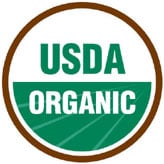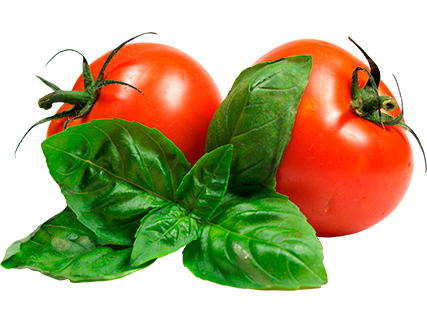Discover the difference between organic foods and their traditionally grown counterparts when it comes to nutrition, safety, and price.
Organic foods are now featured in most grocery stores not just health food stores anymore. Making it a bit of a problem in the produce aisle.
The word “organic” means the way farmers grow and process farming products. These products include fruits, vegetables, grains, dairy products like milk and cheese, and meat. Organic farming practices are designed to meet the following goals:
The U.S. Department of Agriculture (USDA) has set up an organic certification program that requires all organic food to meet strict government standards. These standards control how such food is grown, handled and processed.
Any product labeled as organic on the product description or packaging must be USDA certified. If it’s certified, the producer may also use an official USDA Organic seal.
The USDA says producers who sell less than $5,000 a year in organic food don’t need to be certified. These producers must follow the guidelines for organic food production. But they don’t need to go through the certification process. They can label their products as organic. But they can’t use the official USDA Organic seal.
Products certified 95 percent or more organic may display this USDA seal.
The USDA guidelines describe organic foods on product labels as:

No, “natural” and “organic” are different. Usually, “natural” on a food label means that the product has no artificial colors, flavors or preservatives. “Natural” on a label doesn’t have to do with the methods or materials used to grow the food ingredients.
Also be careful not to mix up other common food labels with organic labels. For example, certified organic beef guidelines include pasture access during at least 120 days of grazing season and no growth hormones. But the labels “free-range” or “hormone-free” don’t mean a farmer followed all guidelines for organic certification.
Some data shows possible health benefits of organic foods when compared with foods grown using the usual (conventional) process. These studies have shown differences in the food. But there is limited information to prove how these differences can give potential overall health benefits.
Potential benefits include the following:
One common concern with organic food is cost. Organic foods often cost more than similar foods grown using usual (conventional) methods. Higher prices are due, in part, to more costly ways of farming.
Whether you go totally organic or choose to mix conventional and organic foods, keep these tips in mind:
Organic foods: Are they safer? More nutritious? – Mayo Clinic
Drop us a line for more information on Organic Foods!

| Cookie | Duration | Description |
|---|---|---|
| cookielawinfo-checkbox-analytics | 11 months | This cookie is set by GDPR Cookie Consent plugin. The cookie is used to store the user consent for the cookies in the category "Analytics". |
| cookielawinfo-checkbox-functional | 11 months | The cookie is set by GDPR cookie consent to record the user consent for the cookies in the category "Functional". |
| cookielawinfo-checkbox-necessary | 11 months | This cookie is set by GDPR Cookie Consent plugin. The cookies is used to store the user consent for the cookies in the category "Necessary". |
| cookielawinfo-checkbox-others | 11 months | This cookie is set by GDPR Cookie Consent plugin. The cookie is used to store the user consent for the cookies in the category "Other. |
| cookielawinfo-checkbox-performance | 11 months | This cookie is set by GDPR Cookie Consent plugin. The cookie is used to store the user consent for the cookies in the category "Performance". |
| viewed_cookie_policy | 11 months | The cookie is set by the GDPR Cookie Consent plugin and is used to store whether or not user has consented to the use of cookies. It does not store any personal data. |
